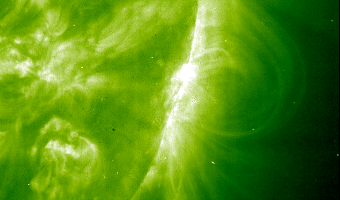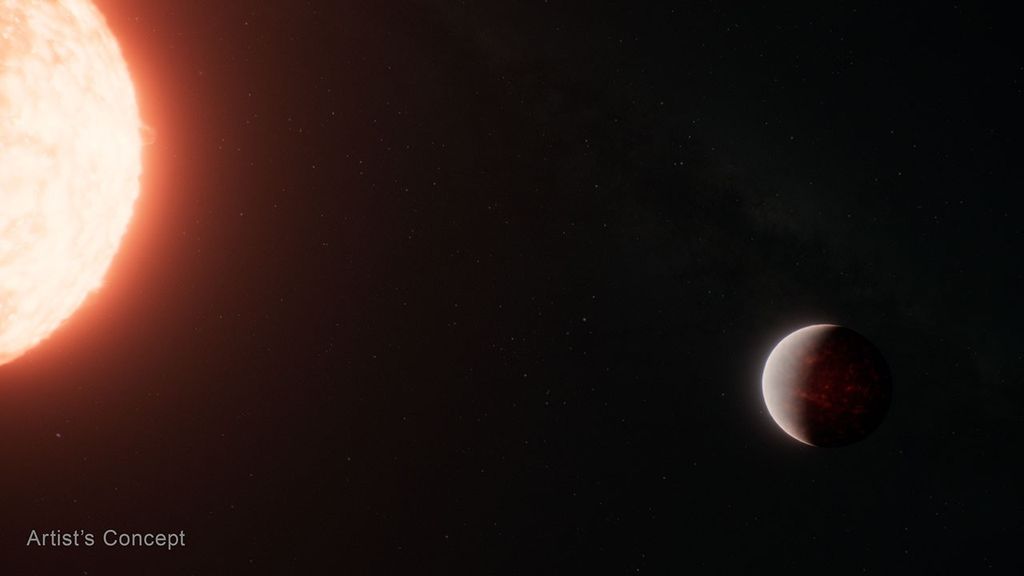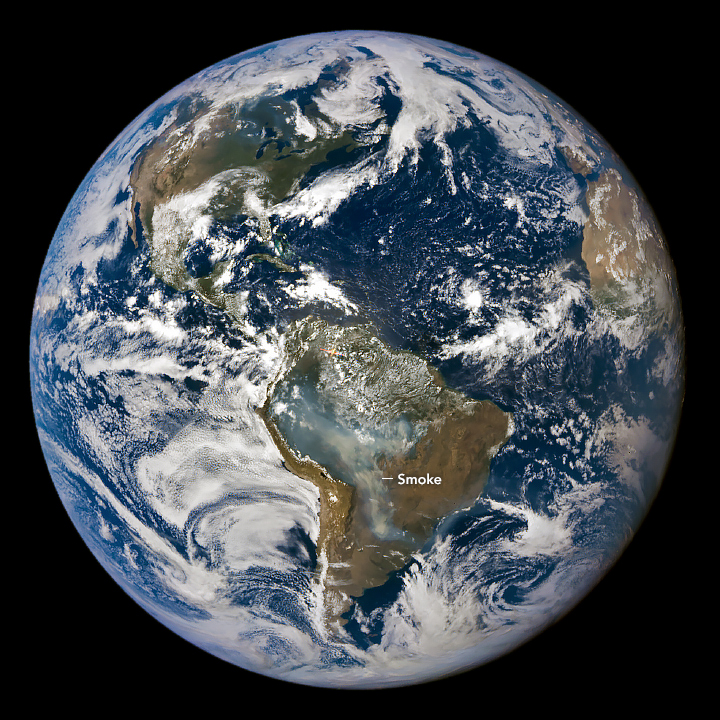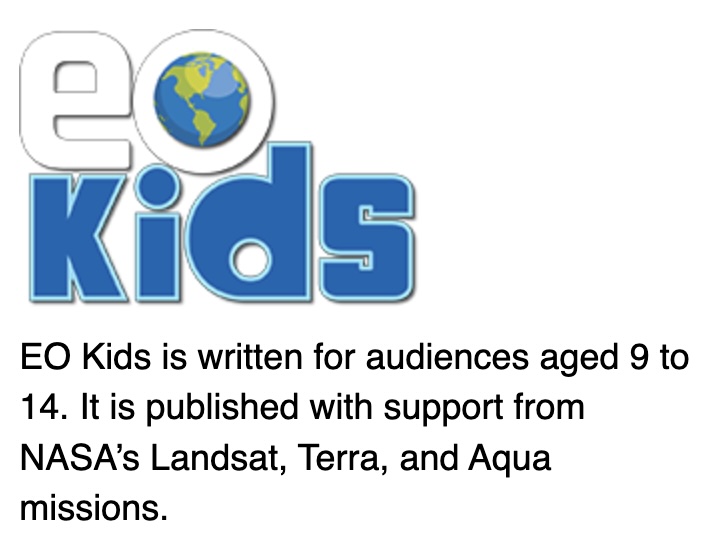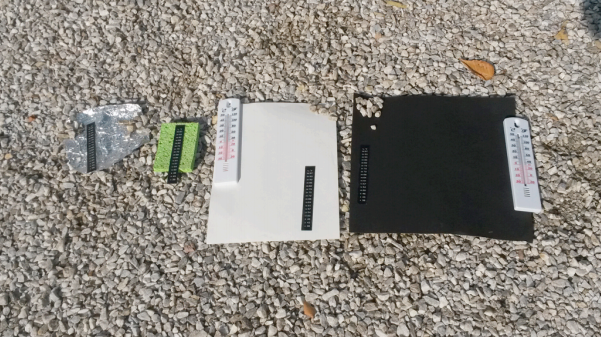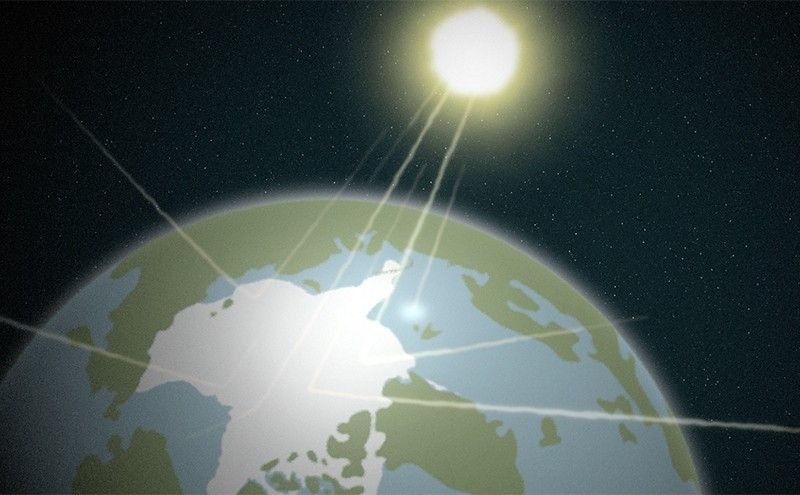Introductory Guiding Question
How does the Sun's energy interact with each one of Earth's major systems (atmosphere, geosphere, biosphere, hydrosphere)?
Big Idea 3.2
Educator Background
-
Energy from the Sun interacts with all of Earth's major systems. Earth's atmosphere absorbs and reflects incoming solar radiation. The geosphere of the Earth is warmed by sunlight, and depending on the type of surface, reflects sunlight, for example ice reflects more sunlight than asphalt. The biosphere relies on the Sun for food as the energy travels through the food chain, and the hydrosphere (the water cycle) is driven by the energy from the Sun.
-
Learning Constraints
At this level, students begin in grade K to make observations about how the sunlight warms different parts of Earth's surface (geosphere) (K-PS3-1,2) and by grade 2 they begin to explore how plants use light from the Sun to grow (biosphere) (2-LS2-1). At grade 4, students know that light is energy and explore how energy is transferred (4-PS3-2), and are able to identify Earth's major systems by grade 5 (ESS2-1.)
-
Connect to Heliophysics
Connect to the Sun by emphasizing that the Sun is central to all of Earth's systems and that none of Earth's systems would exist without the Sun. Emphasize that the atmosphere plays a critical role in protecting Earth from harmful radiation from the Sun, and also in insulating Earth and preventing heat loss out into space.
-
Extend Exploration
Extend student exploration by telling students that it takes about 8 minutes for the light from the Sun to reach Earth (without getting too much into the speed of light). Have them articulate which Earth system the light reaches first, and challenge them to trace the path it takes through the other systems.
-
Differentiate for Beginner Learners
Support beginner students by modeling how to safely make observations about the Sun and how it affects temperature.
-
Differentiate for More Advanced Learners
Challenge students at the next level by encouraging them to investigate how we can use the Sun's energy to create heat, using solar panels, for example.
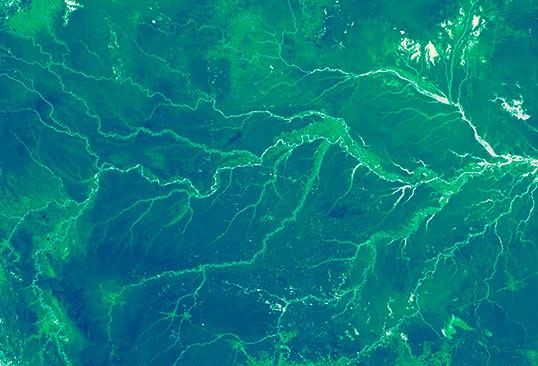
NASA: Why does the Sun Matter for Earth's Energy Budget?
Video Length: 1:40
Search the Resource Database for more videosRecommended Resources
Explore this guiding question with these featured resources.
Heliophysics Resouce Database
Use the guiding question above to explore resources at this level or go directly to our database to search for resources by level, NGSS performance expectation, topic, and mission.
Resource Data Base